Optimal Timing for Concrete Installation
Determining the best time for concrete installations depends on climate conditions, temperature, and humidity. Proper timing ensures durability, reduces cracking, and improves finish quality. Typically, mild weather with moderate temperatures is ideal for concrete work.
Spring offers moderate temperatures and lower humidity, making it suitable for concrete work. It minimizes the risk of rapid drying or freezing during curing.
While summer provides warm weather, high temperatures can lead to rapid evaporation, requiring additional curing measures to prevent cracking.
Fall typically provides cooler temperatures and less rain, ideal for concrete setting and curing, especially before winter.
Cold weather can hinder proper curing and increase the risk of freezing, which damages concrete. Special precautions are necessary if winter installation is unavoidable.

Ways to make Concrete Installations work in tight or awkward layouts.
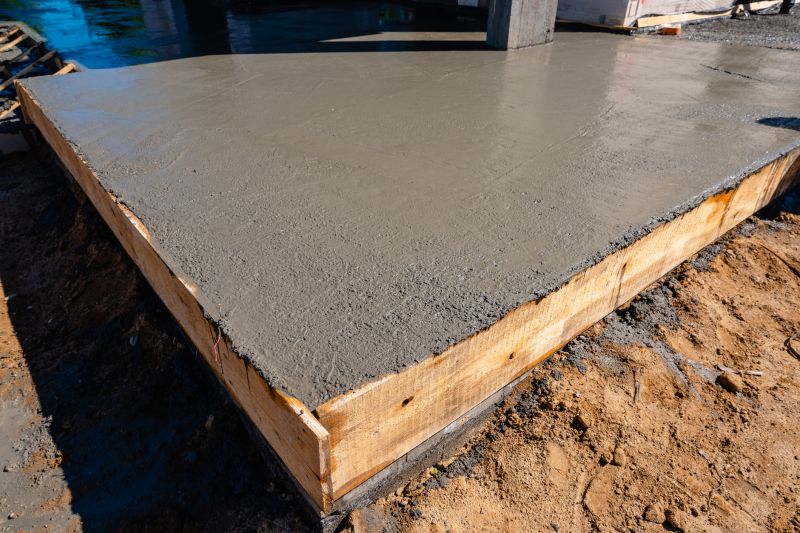
Popular materials for Concrete Installations and why they hold up over time.

Simple add-ons that improve Concrete Installations without blowing the budget.

High-end options that actually feel worth it for Concrete Installations.
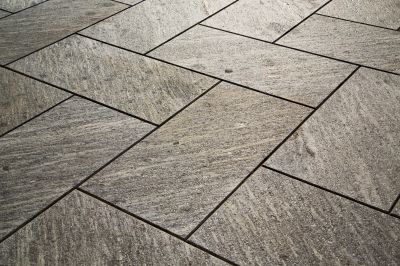
Finishes and colors that play nicely with Concrete Installations.
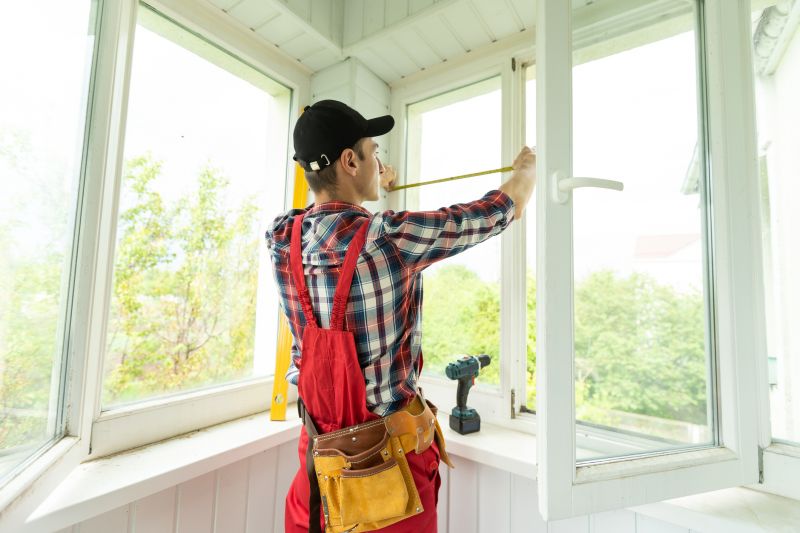
Little measurements that prevent headaches on Concrete Installations day.
Concrete installations are a fundamental aspect of construction and landscaping projects. Proper timing ensures the longevity and strength of the concrete, reducing the risk of future repairs. The curing process is sensitive to environmental factors, making seasonal considerations vital for achieving optimal results.
Statistics indicate that concrete work performed during mild weather conditions results in fewer cracks and higher durability. For example, installations in spring and fall tend to have better long-term performance due to stable temperature and humidity levels. Proper planning around weather patterns can significantly impact project success.
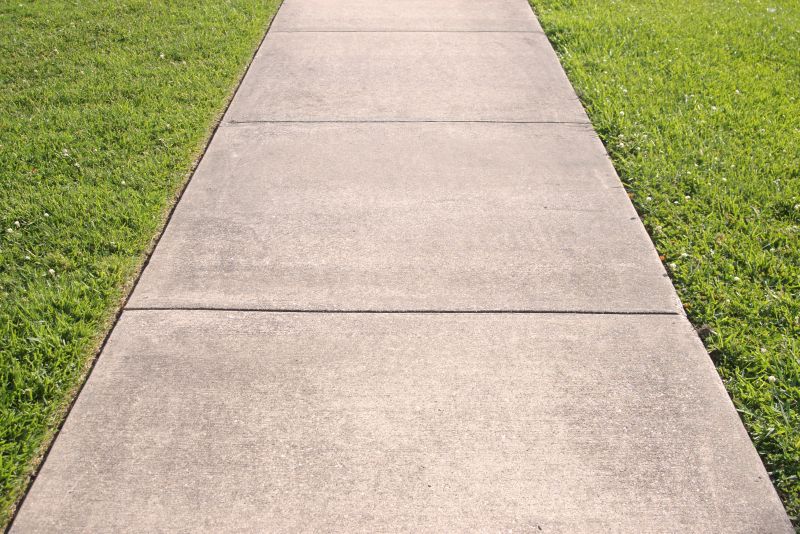
A 60-second routine that keeps Concrete Installations looking new.

A frequent mistake in Concrete Installations and how to dodge it.
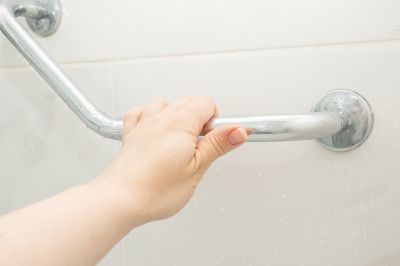
Small tweaks to make Concrete Installations safer and easier to use.
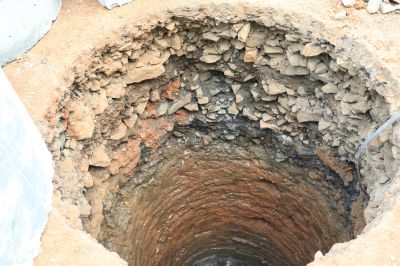
Lower-waste or water-saving choices for Concrete Installations.
Individuals interested in scheduling concrete installations are encouraged to contact for consultation. Proper timing and environmental considerations are crucial for achieving durable and high-quality results. Planning ahead ensures the best possible outcome for any concrete project.
